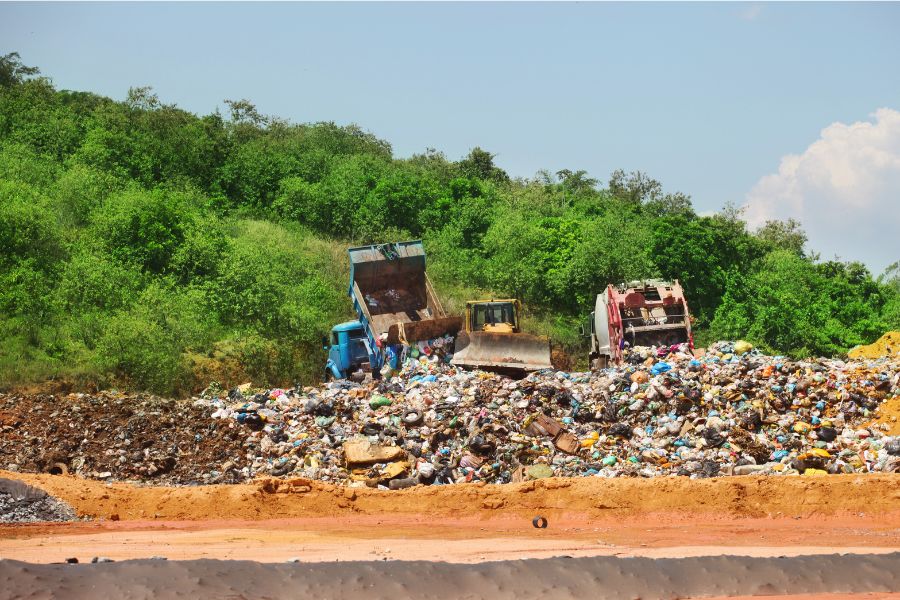
The US recycles less than 14% of its plastic waste.
The United States reported that only 13.6% of the 14.5 million tons of plastic packaging and containers generated in 2018 were recycled (Vuleta, 2022).

The United States reported that only 13.6% of the 14.5 million tons of plastic packaging and containers generated in 2018 were recycled (Vuleta, 2022).

Around 70,000 bits of microplastics are consumed by the average person each year. This equates to 100 bits of microplastics in every single meal, which can generate serious illnesses (Vuleta, 2022).
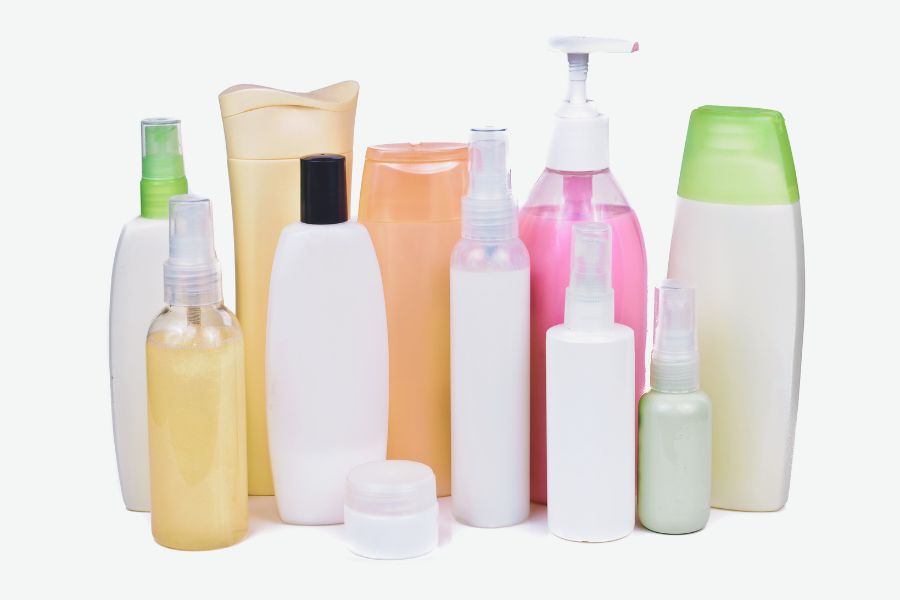
Worldwide, we consume more than 100 million plastic bottles per day. These plastic bottles serve for various purposes: containers for beverages, comestic products, pharmaceutical products and medications, etc. (Vuleta, 2022).
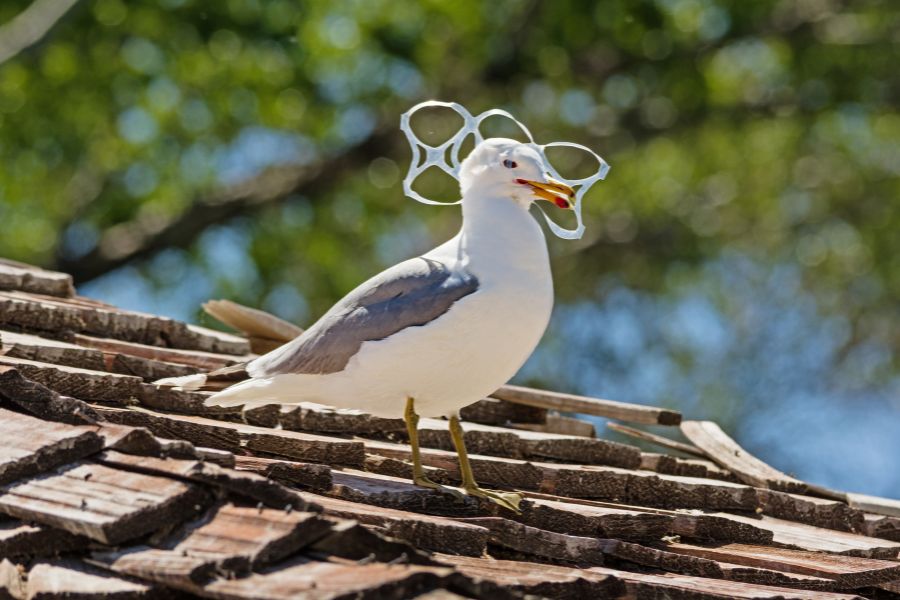
Plastic waste is growing worldwide at an annual rate of 9%. By 2040, the amount of plastic debris in the ocean will triple, which corresponds to 29 metric tons of plastic trash into the oceans. Specifically, it is expected that there will be 1.3 billion tons of plastic waste in the environment – on land and in bodies of water - and only a tiny portion of this is recycled. (Vuleta, 2022).
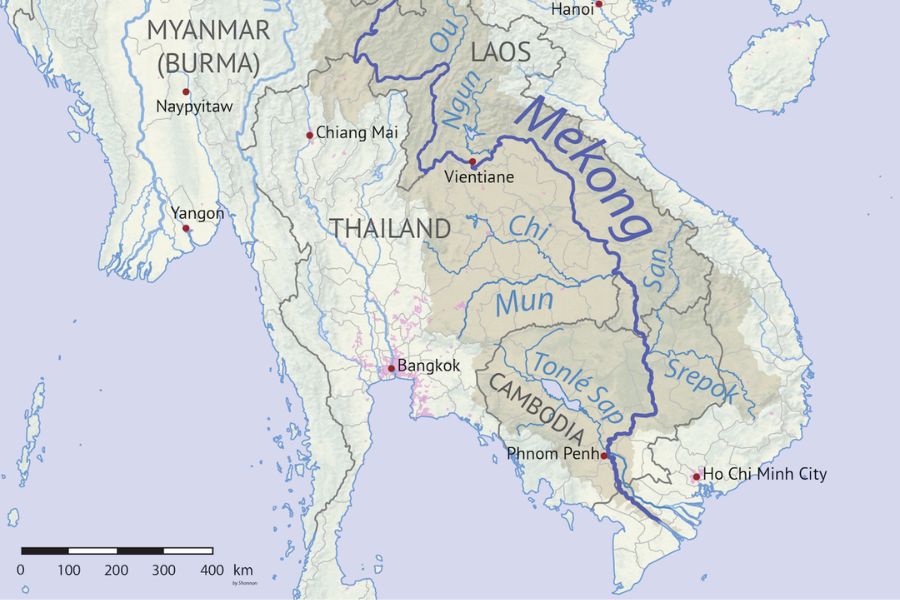
Ten rivers from two continents are responsible for 90% of plastic pollution in the oceans - two in Africa and eight in Asia. These are the primary channels of plastic polluted rivers in the word: Chang Jiang, Indus, Huang He, Hai He, Nile, Ganges-Brahmaputra-Meghna, Zhujiang, Amur, Niger, and the Mekong (Vuleta, 2022).
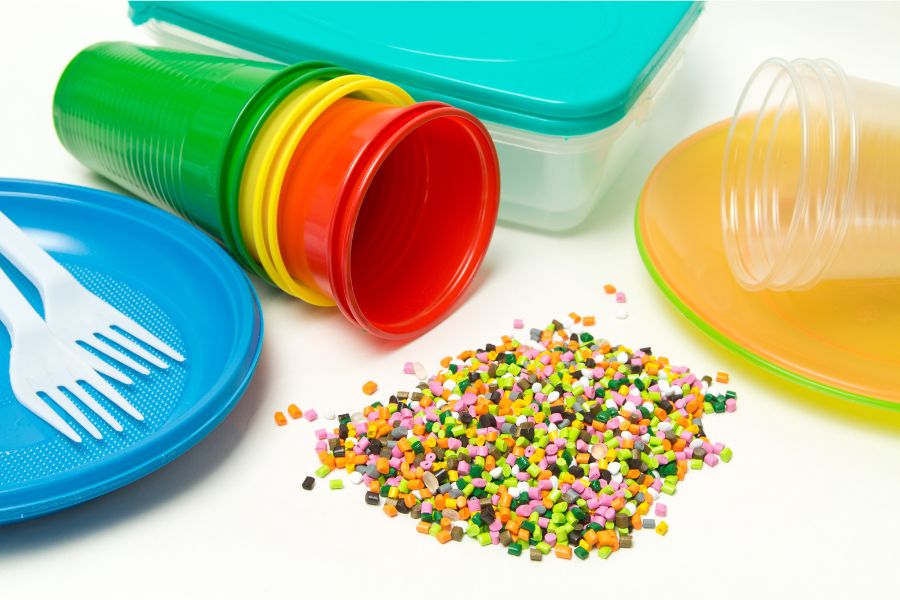
Bisphenol A (BPA), a chemical component in the plastic of some water bottles, could be found in the cord blood of nine out of 10 infants and in the urine of 95% of the adult Americans tested. Tiny bits of microplastic and plastic fibers (smaller than the width of a human hair) have been found in honey, sugar, beer, processed foods, shellfish, salt, bottled water and tap water (Lindwall, 2020).
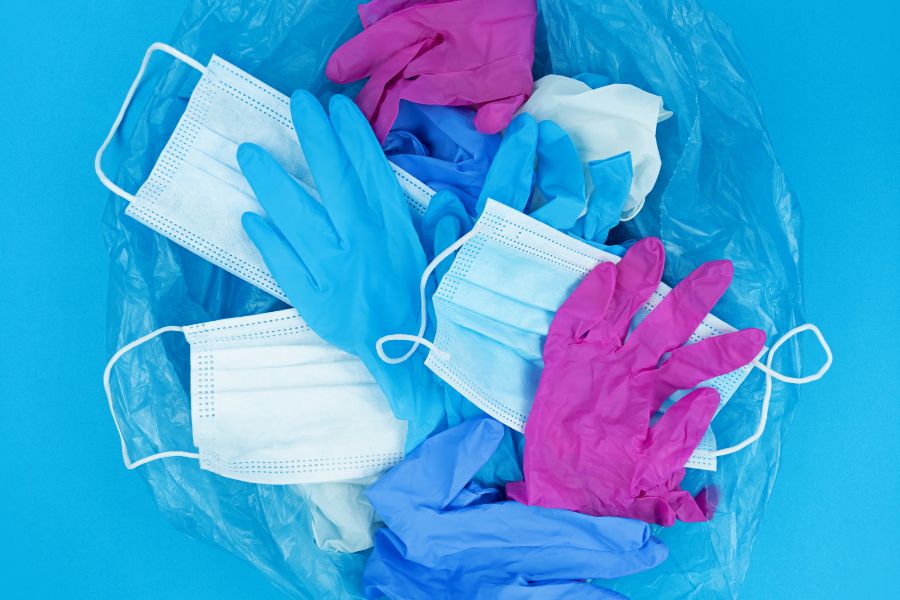
Studies show that more than 8 million tons of pandemic-associated plastic waste have been generated globally, which are seen littering the streets, roads, parking lots, dumpsites, gutters, shopping carts, medical facilities, and entering ocean and affecting the environment as a whole (Benson, Bassey, & Palanisami, 2021).
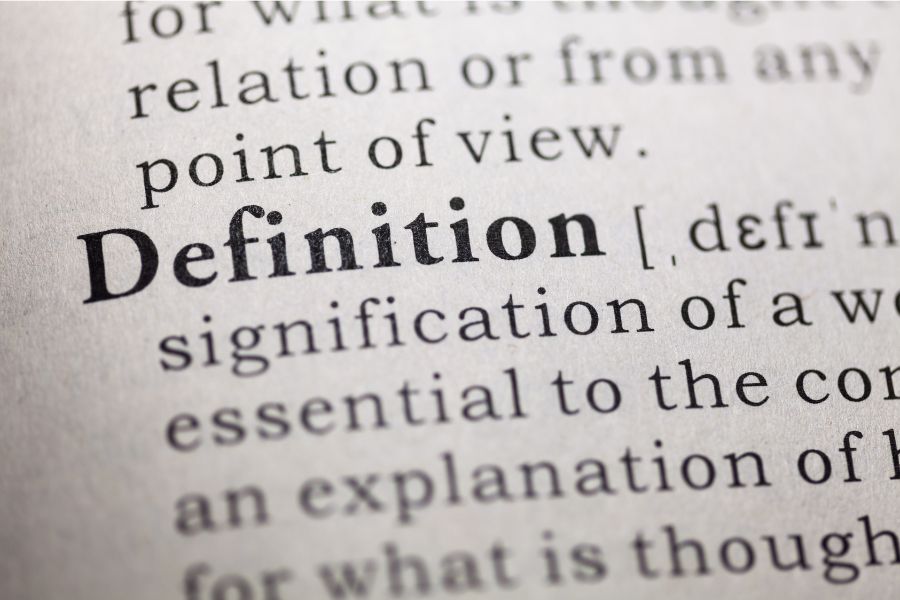
Despite the arguments that plastic is destroying the planet, global plastic appreciation has become an addiction. SUPs were declared the "word of the year" by Collins Dictionary in 2018 (Vuleta, 2022).